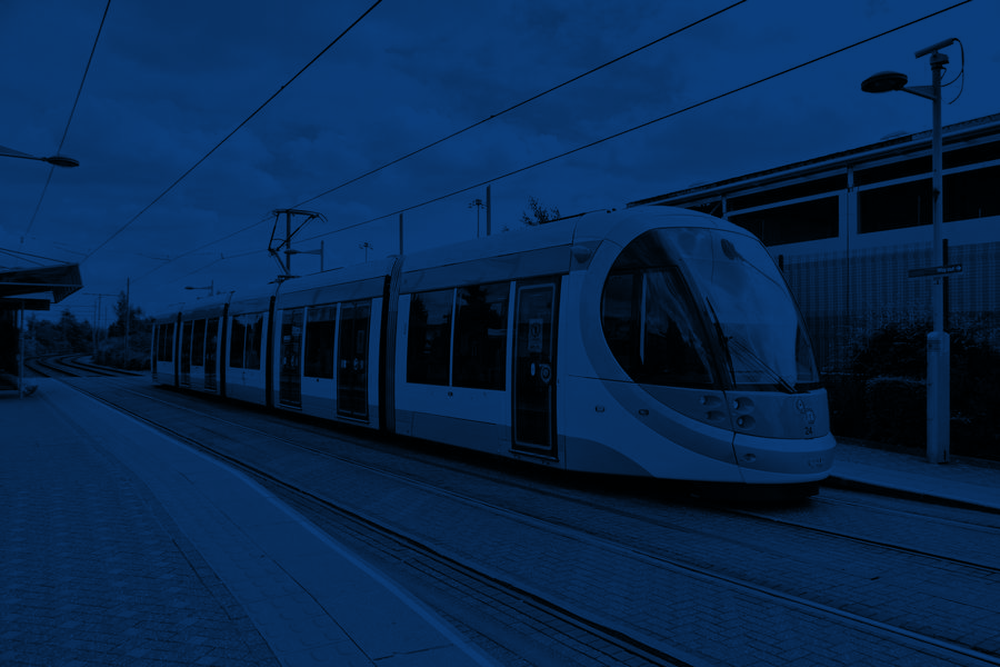The UKTram Engineering Group continues go from strength-to-strength despite the impact of the coronavirus pandemic, with the latest online meeting attracting a record number of professionals from across the sector.
The meeting last week saw all major systems in the UK and Ireland represented, with a number of engineers joining in discussions for the first time.
During updates from across the sector, they heard that major infrastructure works on light rail networks in the UK and Ireland have remained on track despite uncertainty created by Covid-19 restrictions.
Engineers reported that track replacement in Dublin, Nottingham, Sheffield and Croydon – as well as ongoing extensions to the Edinburgh and Blackpool – continue as planned or have already been completed, and work is set to start in Manchester.
A number of innovative engineering projects have also proved resilient to the crisis, with members of the Group receiving updates on a Tram Energy Monitoring Systems (TEMS) trial on two 502 trams in Dublin.
Meanwhile engineers in Croydon are proposing trials of a virtual fence using intelligent CCTV analysis on boundary fencing and active pedestrian crossings at high-speed locations.
The meeting also heard that Edinburgh has installed a fully operational tram simulator, including an interactive system and two fixed-scenario pods, in their new purpose-built training academy.
Other topics of conversation included rail squeal and noise on isolated track sections, with one of the group’s supply chain members and an expert in this field, offering possible solutions and further assistance. Concerns was also expressed during discussions on the risks to personnel from track inspections and road traffic.
UKTram Engineering Group chair Ian Middlemiss commented: “Our online quarterly meetings have proved hugely beneficial to all those that have attended throughout the Covid crisis and will continue to provide a platform for sharing best practice as we move forward to life after lockdown.”
“Attendances have remained high from a good cross-section of the industry, including representatives from operators, authorities and the supply chain.
“Having this mix of different professionals has not only enabled us to share problems and best practice, but to find solutions to different challenges as they arise.”

